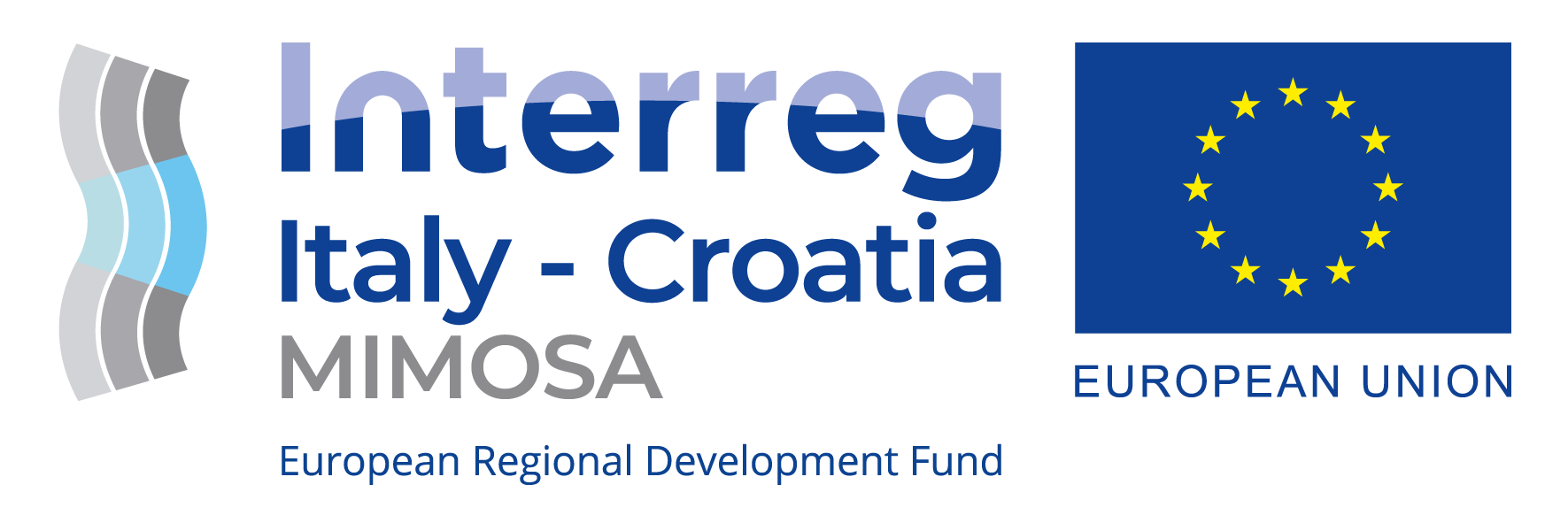We bring important results to improve and diversify the cross-border passenger transport supply throughout the entire programme area.
Within the overall framework of the project activities, the Vademecum (guidelines) of international best practices of infrastructures and services for integrated bicycle and other transport networks are drawn up.
The Vademecum deals with the very important issue of combined transport between bicycle and other means of transport since it is essential for daily travels and tourism. Through intermodality with bicycles, it is possible to reach distant places or cover difficult and demanding tours, in a short time and at low cost, with benefits for the environment. Modal integration between bicycle and other transport networks is crucial for path continuity and territorial accessibility.
Integrated transport and cycle accessibility of junctions must become, more and more, a central element of local, regional and national transport system.
The Vademecum provides appropriate directions to carry out new solutions (infrastructural, technical, technological and immaterial) and improve those already existing about three matters:
- Bike transport on board of the various means of transport (plane, ferryboat/ship, train, bus);
- Cycle accessibility of intermodal exchange junctions (airports, harbors, railway stations , terminal and bus stops);
- Facilities for cyclists, including: bike parking, bike rental, bike sharing stations, bike repair shop, shower/dressing room, bike connections, signage and information systems (web, app, news).
The Vademecum, together with the multimodal solutions and innovative and intelligent tools implemented within the MIMOSA project, aims to improve accessibility, support low-carbon transport modes and contribute to the reduction of the environmental impact generated by transport.
